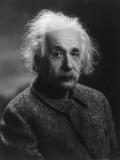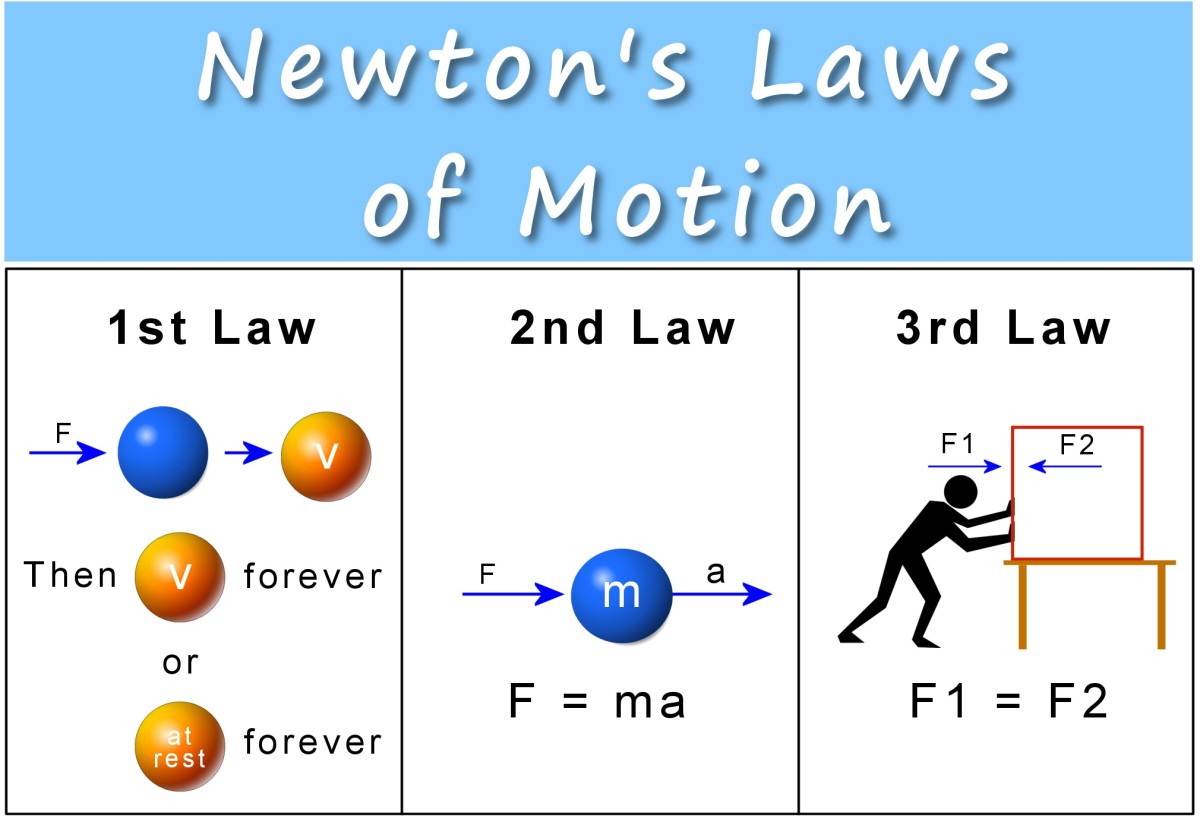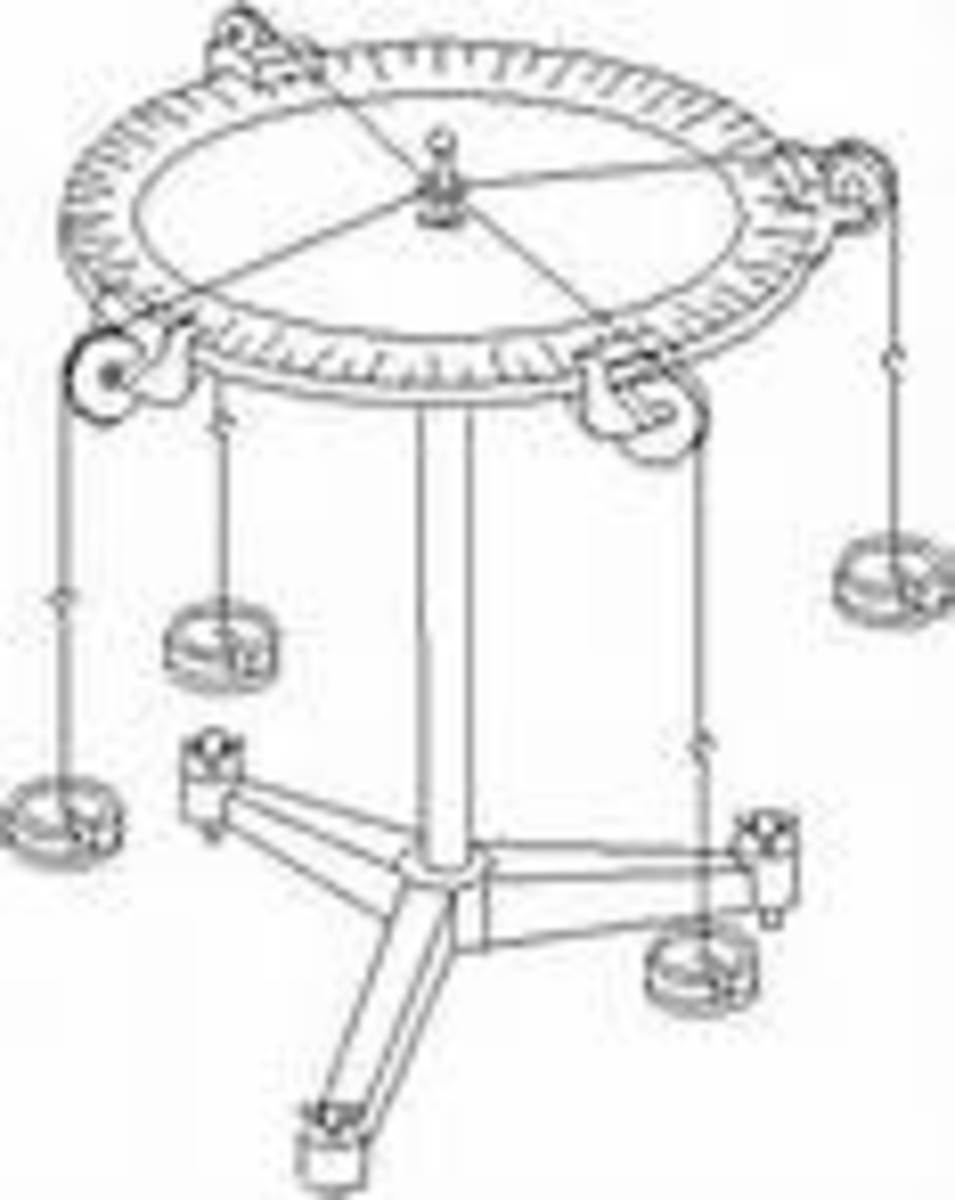Sir Humphry Davy's Laughter Interesting Facts
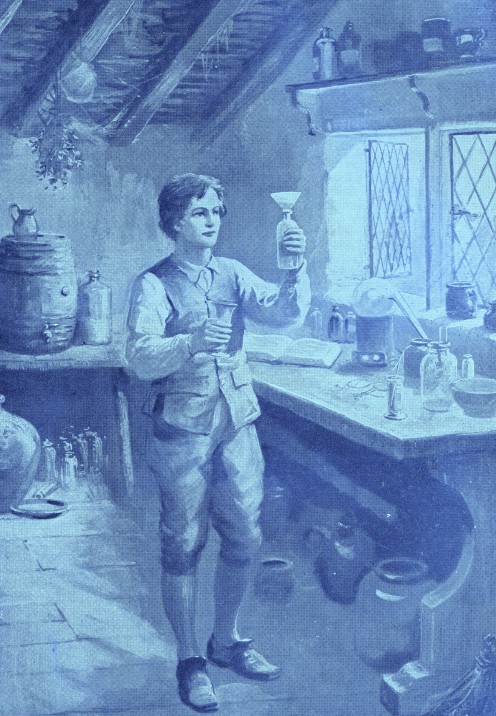
One of the great men of science of the eighteenth century was Humphry Davy (1778-1829). By the time he was twenty, Davy had become a laboratory assistant at Dr. Beddoes' Pneumatic Institution, a sort of hospital founded for the purpose of treating illness by using new gases which the chemists were discovering in that period.
Here Davy experimented with a very peculiar gas called nitrous oxide. When people inhaled this gas, it exhilarated them, and made them do all sorts of odd things. Often they broke into laughter and so the gas came to be called "laughing gas."
Since this gas also made people unconscious and insensible to pain -- it was used as an anesthetic to relieve pain in minor surgery.
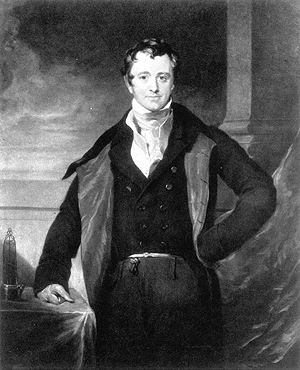
While he was at this institution, Davy performed an experiment which brought his work to the attention of Count Rumford. Davy devised an apparatus which rubbed two pieces of ice together until enough heat was given off to melt the ice.
Rumford liked this experiment since it supported his ideas, for if ice is water without heat-fluid '9as people then believed) -- how could rubbing two pieces of ice cause them to give off a substance which they do not contain? Therefore heat must be a motion in the ice, rather than a "caloric" fluid.
In 1801, Rumford offered Davy the post as director of the chemistry laboratory at the Royal Institution.
Here Davy lectured to the public on science. His lectures were a tremendous success. All in all, Davy did his work so well that his name and his discoveries became known far and wide.
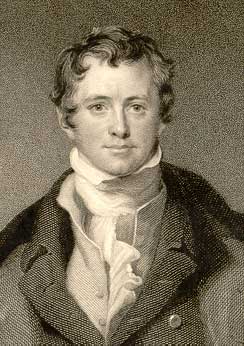
Although Davy was a chemist, the amazing electrical discoveries of the day interested him strongly.
Volta had made a battery which produced electricity. The English scientists Nicholson and Carlisle put the wires leading from a voltaic battery into water and noticed bubbles arising near the wires.
The bubbles turned out to be pure oxygen and pure hydrogen. In other words, the electric current had decomposed the water into the two gases of which it was made.
Would the same thing happen if one put the electric wires into other substances?
Davey tried. In 1807 he put the wires from his battery into melted potash, and found that "small globules having a high metallic luster similar in visible character to quick-silver appeared."
These small globules were actually pure metallic potassium never before seen by man. Using this same method of electrolysis, Davy discovered a host of other new metals, sodium, calcium, magnesium, strontium, barium -- all newcomers to man's knowledge in the field of chemical elements.
One Of Humphry Davy's Experiments
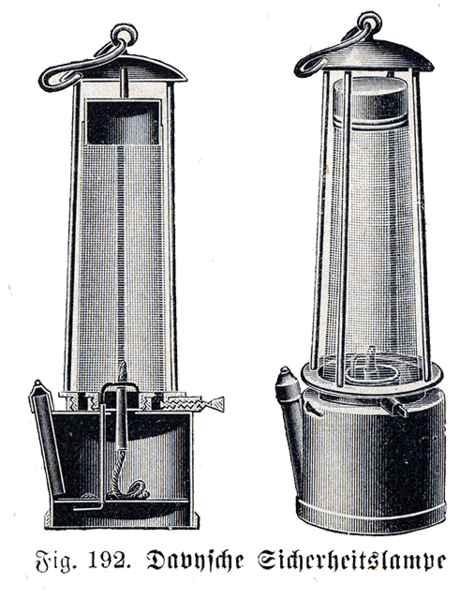
Davy Invents The Safety Lamp
Davy's fame became still greater, and in 1812 he was knighted. Soon thereafter he was asked to solve a problem of great importance to England.
Hundreds of miners were being killed yearly by explosions in the coal mines. These explosions were caused by the fact that a gas known as coal damp (methane) accumulated in pockets in the mines. Since the miners carried oil lamps for lighting their work, the flame of a lamp was liable to set off a violent explosions whenever a miner stepped into a glass pocket.
Could Sir Humphry Davy solve the problem and prevent these explosions?
In 1815 he came up with a simple solution. He invented a safety lamp for miners. Instead of using an ordinary glass chimney open at the top, Davy enclosed the flame of the lamp within a wire cage.
When you first think of it, there seems to be plenty of openings in such a screen through which a flame could get at the coal-gas. However, this is not really so. The mesh is such a good conductor of heat that it conducts the heat away from the flame before the flame can get out of the lamp to reach the gas. Thus, explosions from this cause seldom happen.





